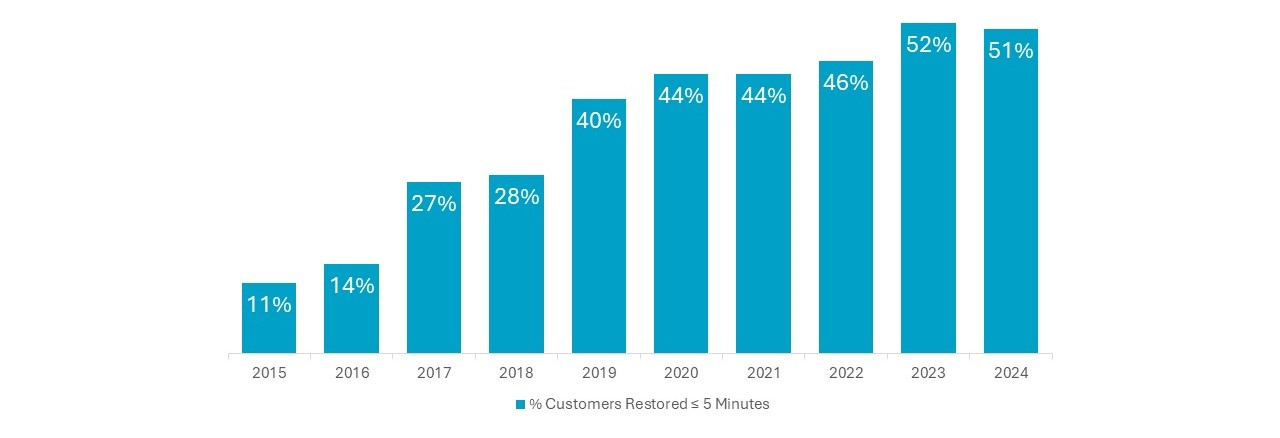Information on this page is for customers in
{{ town-name }}
New Hampshire Electric Rate Review
What is Going On?
Following a thorough, year-long rate review, the New Hampshire Public Utilities Commission (PUC) approved changes to our distribution rate. This covers costs to maintain, repair and strengthen the electric system that directly benefits you through improved reliability.
On August 1 an adjustment to our distribution rates took effect, and a typical residential customer using 600 kWh per month saw a total bill increase of 3.5%, or $4.84, per month, compared to their July 2025 bill. We’re still evaluating several aspects of the PUC’s order and the impact on your bill may change in the coming weeks.
The last time we filed for an increase to base distribution rates was in 2019. Since then we have made significant investments to improve reliability for customers and make the grid more resilient and automated.
Reasons for the Proposed Adjustment
We’ve invested more than $765 million in our New Hampshire electric distribution system over the past five years and remain focused on investments that continue to improve reliability and meet the future needs of our customers.
While costs to build and maintain the electric system and reliably serve our customers have increased, the distribution rate has not kept pace with these costs.
This rate change enables us to recover past investments, including expenses associated with vegetation management and upgrades to improve system reliability for all customers.
This adjustment also includes funding future investments in the electric system to address aging infrastructure, support increasing demand due to economic development, and continue making targeted investments that make the system more resilient to more prevalent extreme weather conditions.
System Investments
Thanks in large part to our investments in distribution automation technology like smart switches, more than half of all New Hampshire customer outages in 2024 were restored in fewer than five minutes by system operators, excluding storms.
Percentage of customers restored within five minutes

There's a continuing need to invest in the electric system to:
- Address aging infrastructure and enhance reliability
- Support increasing demand due to population growth and electrification
- Automate the grid
Material supply chain challenges
In general, supply chain challenges for distribution system equipment have exacerbated the rising cost of materials.
Since 2019, on average, the cost of a utility pole has increased nearly 30%, the cost of a transformer has increased about 130% and the cost for a spool of distribution wire has increased nearly 50%.
Vegetation management
As one of the most heavily forested states in the country, trees are the primary cause of power outages in New Hampshire.
In 2025 we are investing about $43 million into our comprehensive vegetation management program, compared to $27 million in 2018.
Storm costs
New Hampshire continues to experience more frequent and unpredictable extreme weather, resulting in increased damage to the system and higher costs to restore power as a result.
When sever weather causes significant outages, our crews and support staff work around the clock to respond to and repair damage to restore power for customers as quickly and safely as possible. Four of the 10 largest storms in our company’s history have occurred between December 2022 and April 2024.
The PUC directed that storm costs will be considered separately, and while bill impact at this time is unknown, it will likely lead to an increase to customer bills. These are costs related to our emergency response during major storms to restore power to customers and repair damage caused by severe weather.